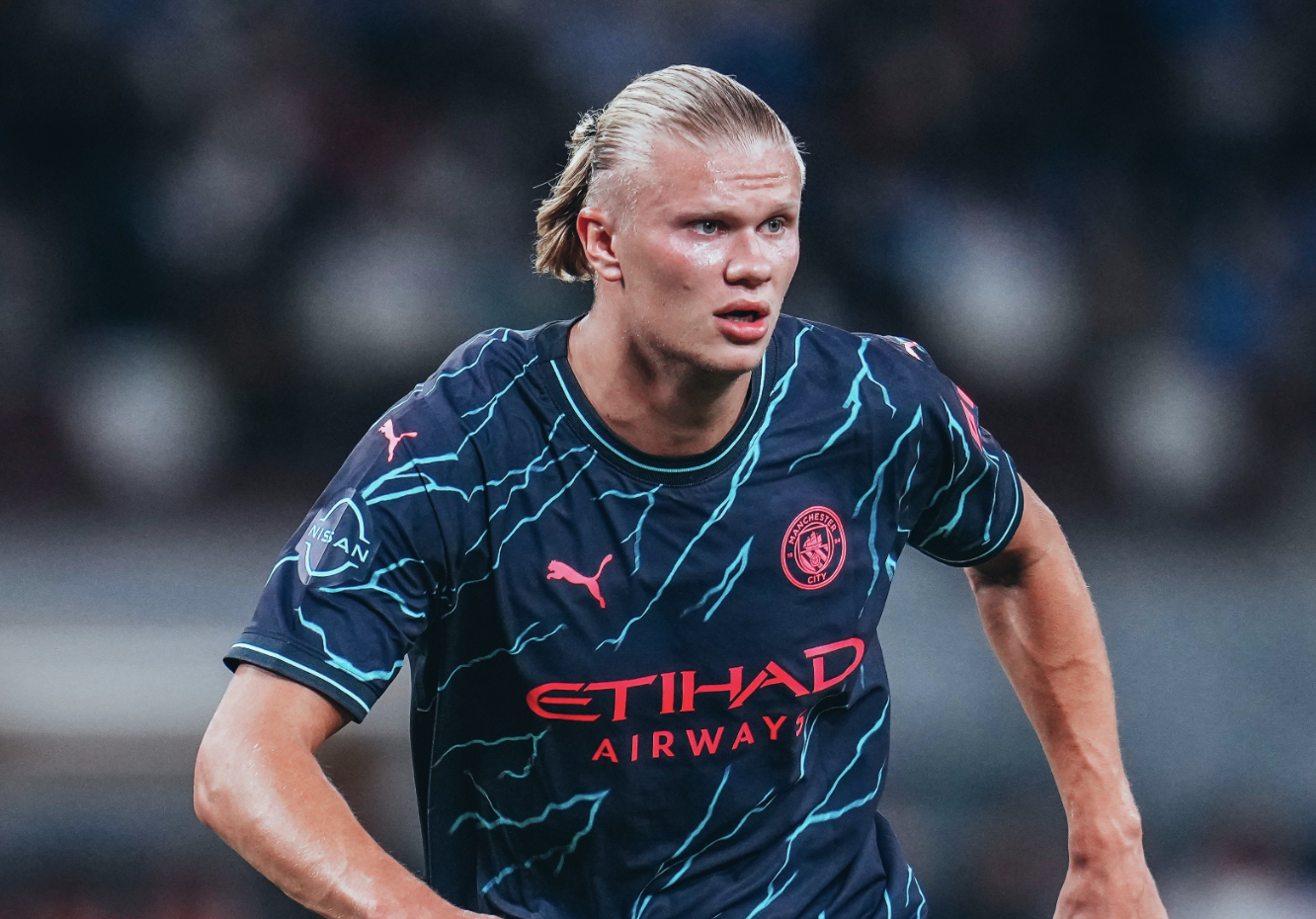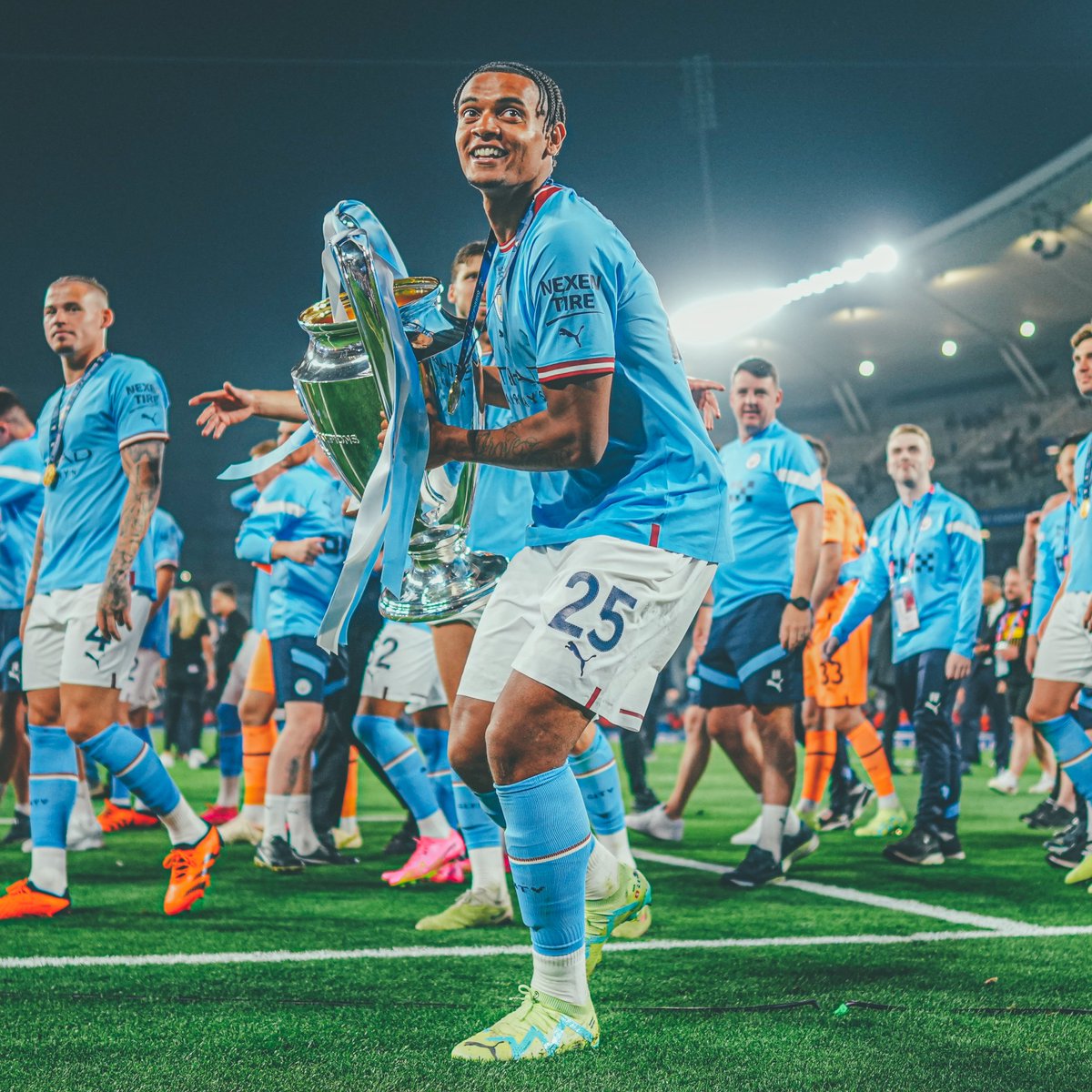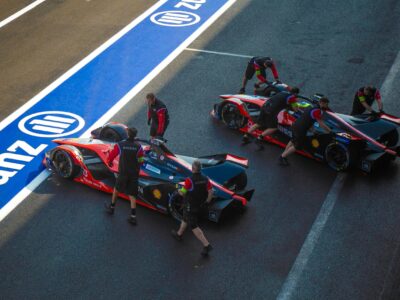In his best-selling book “The Mixer,” football journalist Michael Cox explains how different English football was before 1992 as it was in danger of being left behind by the rest of Europe. Other leagues were more entertaining and profitable. In 1992, 20 English clubs and broadcaster Sky Sports formed a new top flight of English football: the Premier League. Today, it’s the most successful league in Europe, with a global reach unmatched by rival leagues.
The Premier League is the 4th-most profitable sports association in the world. It generates around 6.4 billion pounds a year. People across North America, South America, Africa, Asia, and Australia love the Prem.
This global interest has led to many international broadcasting rights boosting the Prem’s coffers. The Prem is not reliant on domestic viewership to garner its wealth.
The rise of the Premier League coincides with the rise of the European football market. In 2021-22, it grew by 7% to 29.5 billion euros generated. Much of that is thanks to streaming services and digital soccer content. However, no other league has profited from the European football boom than the English top flight.

Photo courtesy Newcastle United
Deloitte reports the Premier League’s revenue is up 12% since 2021-22, standing alone among Europe’s “big five” leagues (EPL, La Liga, Bundesliga, Serie A, and Ligue 1). It shows as some English clubs have been able to outspend entire leagues.
Clubs make money like most sports franchises. Broadcast revenue is the biggest generator, but concessions, ticket sales, sponsorships, advertising, merchandise, qualifying for the Champions League/Europa League/Conference League, and player sales exist.
Due to its massive international appeal, the Premier League rakes in many different currencies, but all contribute to the growth and stability of the league. The broadcast money is divided equally among the 20 clubs in the table. 50% of domestic broadcast money is shared equally. Another 25% of proceeds are merit fees or a bonus for where they finish in the table. Another 25% goes into facility fees for every broadcast a club is in.
Finishing 1st-4th qualifies teams for the Champions League, 5th and 6th get into the Europa League, and 7th for the Conference League. Winning the league is the best a club can finish, taking home 44 million pounds.
According to Statista, the 2022-23 season saw the Premier League earn 5.75 billion pounds between commercial, matchday, and broadcasting revenue.

Photo courtesy Nottingham Forest
The Prem has a stringent promotion-relegation system as with most other European football leagues. The winner and runner-up of the Championship, the English 2nd division, are automatically promoted to the top flight. A playoff between 3rd-6th place Championship teams is played to determine the final promoted club. The teams that finished 18th-20th in the Prem are sent down.
Getting relegated to the English system can be detrimental. The Championship doesn’t have the same financial strength as the top flight. To soften the blow, the Premier League issues parachute and solidarity payments for competing in the first division. A relegated club will receive a percentage of TV money each season they remain in the 2nd tier. It staves off bankruptcy and doesn’t require an entire squad to be stripped apart and sold to raise cash.
Its competitiveness makes the Premier League so popular in England and abroad. Some leagues have teams with established riches that trump all the other clubs. The Premier has seven clubs with enough financial muscle to challenge for the title (Arsenal, Chelsea, Manchester City, Manchester United, Liverpool, Tottenham, and Newcastle). But when you look at Tottenham and Chelsea finishes last season, losing out on European football qualification to Brighton and Aston Villa – two teams with fewer resources than the Big 7 – financial might doesn’t determine success.
As mentioned earlier, overseas broadcasting has changed the economic landscape of the Premier League. This is the only European soccer league that can match the appeal of the NFL in America. In 2021, NBC renewed its deal with the league, giving them exclusive rights to broadcast games on USA Network, its streaming service Peacock, and Spanish language channels Telemundo and Universo. The deal is worth around 2.7 billion pounds. Combined with more international rights deals, the 3.75 billion pounds from Sky Sports, and other deals with BT Sport and Amazon, the English top flight is not at risk of financial distress anytime soon.
Players earn a salary they contractually agree with the club. Wages are structured on a weekly basis. They usually vary based on a player’s skill set, position, commercial appeal, and importance to the team. Kevin de Bruyne (400k pounds a week), Erling Haaland (375k pounds a week), and Casemiro (350k pounds a week) are the highest-earning players in England.

Photo courtesy Manchester City
The issue for clubs is an expanding wealth gap between the “big” and “small” teams. Abu Dhabi and Saudi Arabia purchased Manchester City in 2008 and Newcastle in 2022, respectively. These clubs have a seemingly endless pipeline of cash to spend on players, operating costs, player wages, etc. With good executive management, these clubs are run efficiently, never in the worry of financial collapse. That’s especially true with City, winning six of the last seven league titles, the 2023 Champions League, and multiple domestic cups.
Chelsea was the first to benefit from this kind of capital when Russian oil oligarch Roman Abramovich bought the club in 2003, injecting millions into it. Under his ownership, there was plenty of success before he had to sell the club in 2022 following the Russia-Ukraine war. His money changed Chelsea from a mid-table team to a perennial powerhouse.
As player salaries and transfer fees increase, clubs burn through cash faster. Many smaller teams don’t have great internal revenue generators. Some are totally reliant on ownership to fund club expenses. The wealth gap also makes it harder to climb the ranks of the table, meaning fewer merit fees. The gap doesn’t mean it’s impossible to win the league.
Of course, you can’t talk about the Prem’s financial development without mentioning the most extraordinary story in its history. Leicester City, a team based in the East Midlands of England, was not an elite team. In 2014-15, they barely survived relegation and were one of the teams the media assumed would go down in 2015-16. That didn’t happen. With 5000-1 odds to win the league, Leicester did just that. They stormed the table with a team of cheap, low-risk player signings. They pipped all the big teams to the title, proving that Cinderella stories can happen even in a money-driven league.
Since winning the title in 2015-16, Leicester has competed in the Champions League once, finished 5th twice, played in the Europa League and Conference League, and won the FA Cup and Community Shield, becoming the ultimate disruptor even as the top teams picked off a lot of their best players. They used the Champions League money to bring higher-quality players and build a new training ground.
Sadly, Leicester was relegated this past season due to overspending and poor results in the league. It shows how money is plentiful, but clubs must be wise with spending.
In 21 years of operation, the Premier League went from being left behind by European football to being the toughest and most profitable football association. The global appeal certainly played a part in it, but so did the influx of foreign owners and sovereign wealth. It made the league strong, tougher to win, and created more parity.





